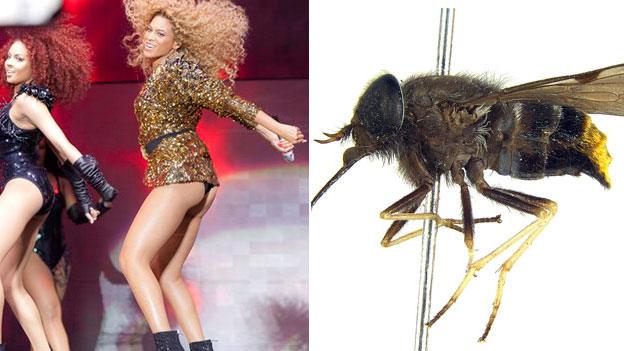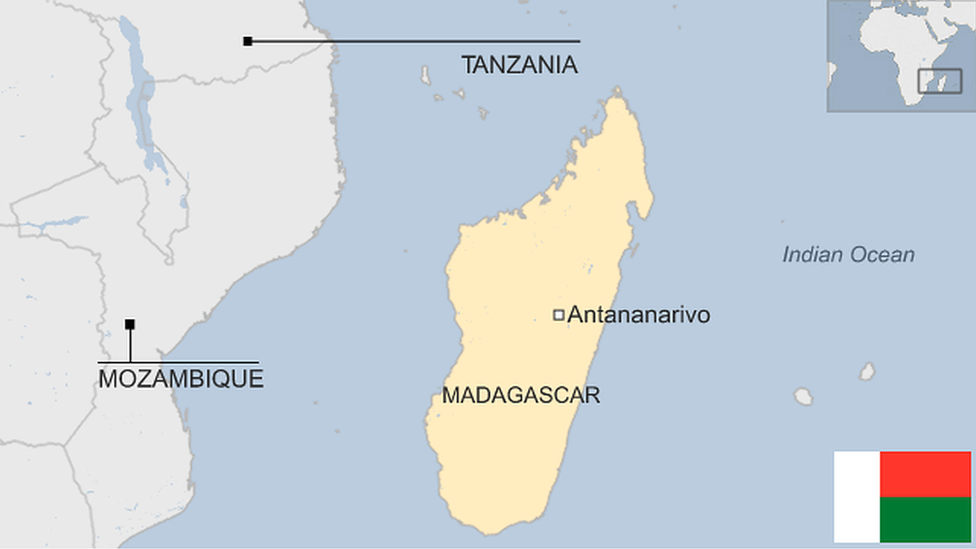Bristol student discovers 'critically endangered' tree frog
- Published

Fifty-six of the new tree frog species - boophis ankarafensis - were detected in a Madagascar forest
A new species of tree frog has been found in Madagascar and immediately rated as "highly threatened".
University of Bristol student Samuel Penny was studying on the island when he found the species, which has since been named 'boophis ankarafensis'.
Some 56 individuals were detected near hidden streams in the Ankarafa Forest.
Scientists now say the species should be classified as critically endangered due to a "continuing decline in the quality and extent of its habitat".

Scientists have called for the new species to be classified as critically endangered
The frog has been described as green with bright red speckling across its head and back. Adult males are around 23-24mm long and females around 28-29mm long.
Mr Penny was part of a group of students in the Sahamalaza Peninsula of Madagascar to study amphibians and particularly the noises they make. He was the first to spot the frog, which was later identified collaboratively.
"This brightly coloured tree frog has a distinctive advertisement call so by placing sound recorders at potential breeding sites, I could plot its distribution across a wide area of the Sahamalaza Peninsula," Mr Penney said.
Other surveys of northwest Madagascar have not detected the species, according to an international team of scientists which has written about the species, external for the journal Zoo Keys.
They said: "Although occurring inside a National Park, this species is highly threatened by the continuing decline in the quality and extent of its habitat.
"Due to these threats it is proposed this beautiful new species should be classified as critically endangered according to the IUCN Red List criteria."
- Published12 August 2012

- Published19 July 2012

- Published1 December 2023
